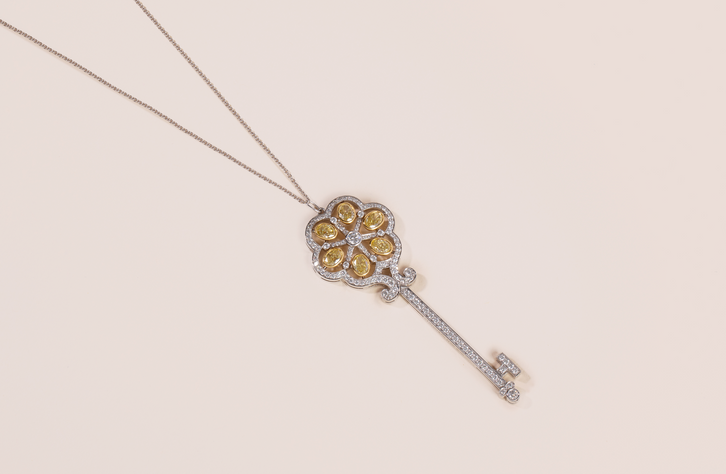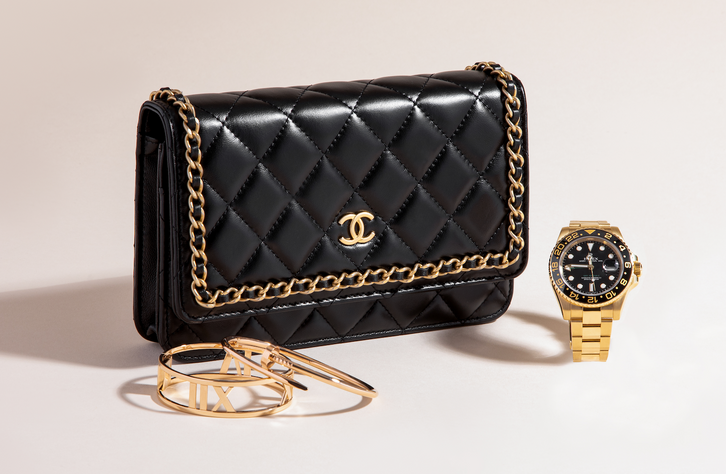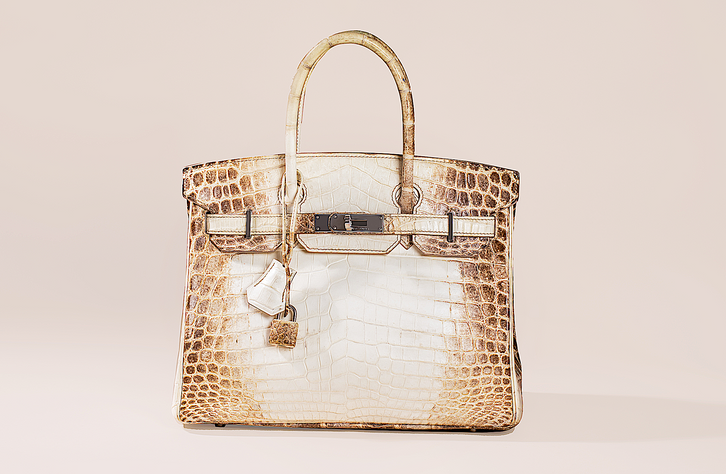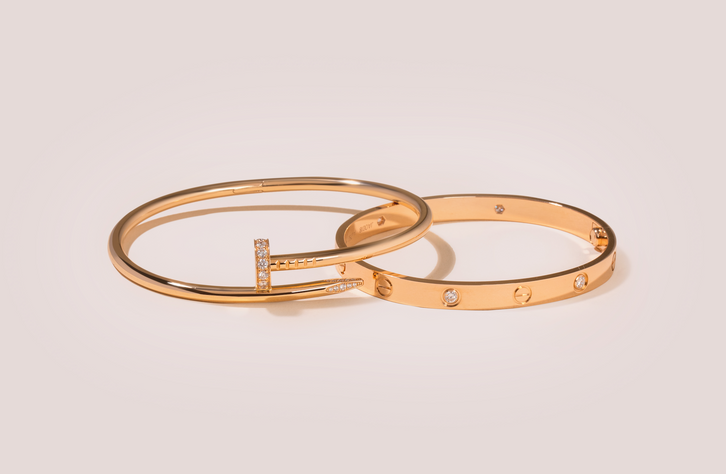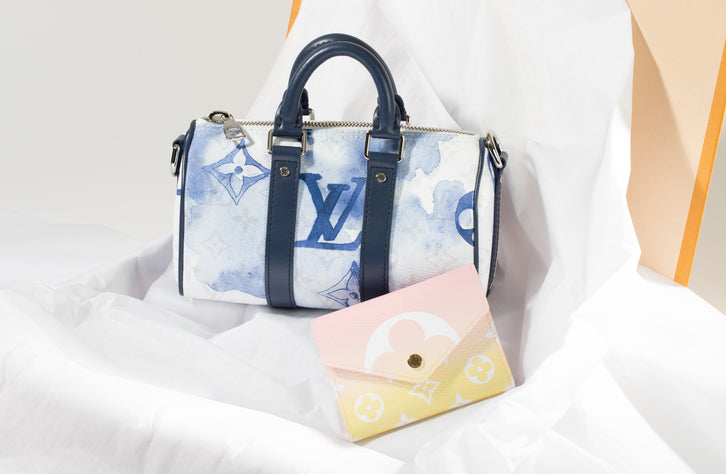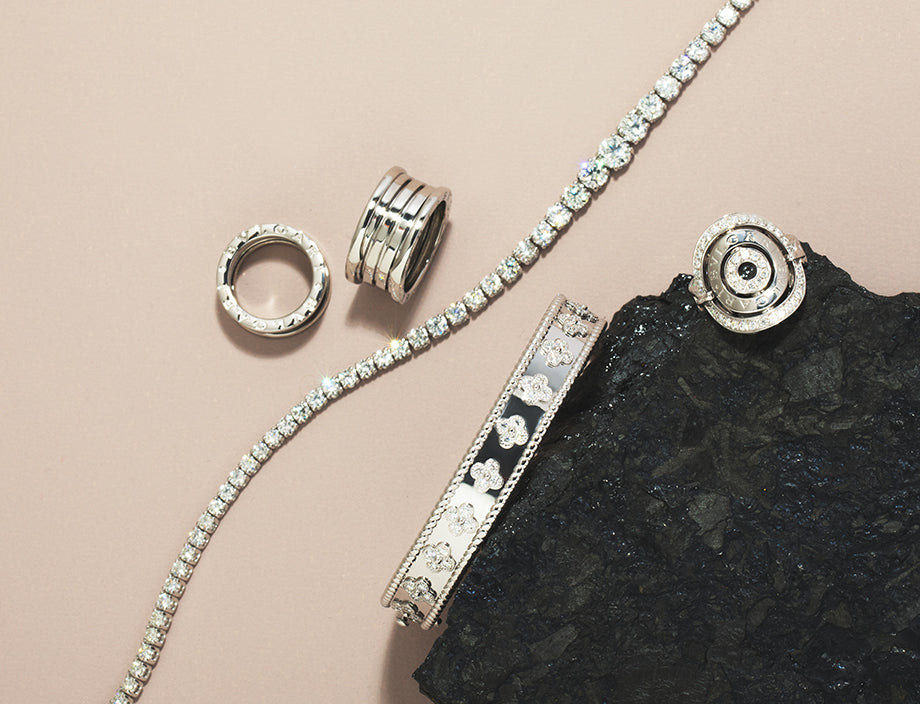The Dior Oblique pattern is more than just a design, it is a piece of fashion history. From its origins in the late 1960s to its revival in the 21st century, the Oblique motif has remained a symbol of luxury, elegance, and innovation.
Its ability to resonate with different generations speaks to the timeless nature of the Dior brand. As it continues to evolve, the Dior Oblique pattern will undoubtedly remain an iconic symbol of the fashion world.
If you are a Christian Dior aficionado, delve into a world of Dior and discover the history of the instantly recognizable Oblique pattern.
A Brief History Of Dior
Christian Dior founded the Dior fashion house in 1946 in Paris. Dior is recognized for revolutionizing the fashion industry with his debut collection in 1947.
This collection, known as the 'New Look' thanks to Harper's Bazaar although it was officially named 'Corolle', marked a pivot in the luxury fashion industry. The collection featured voluminous skirts and cinched waists, symbolizing a return to femininity after World War II's austerity.
The 'New Look' made Dior an overnight sensation, cementing his brand as a leader in haute couture. Dior's designs emphasized elegance, luxury, and craftsmanship, attracting a clientele of Hollywood stars and royalty.
After Dior's sudden death in 1957, his protégé, Yves Saint Laurent, became the creative director, introducing the innovative 'Trapeze' line. Subsequent designers included the likes Marc Bohan, Gianfranco Ferré, and of course, John Galliano.
In 2012, Raf Simons took over, infusing modernity and minimalism into Dior's classic style. He was succeeded by Maria Grazia Chiuri in 2016, the first female creative director in the brand's history, known for her feminist approach and contemporary designs.
Dior's flagship store in Paris still stands at 30 Avenue Montaigne to this day. It recently underwent a 2-year renovation.
History Of The Dior Oblique Pattern
The Dior Oblique pattern was first introduced in 1967 by Marc Bohan, who served as the creative director of Dior from 1961 to 1989. Known for his ability to balance innovation with tradition, Bohan sought to craft a monogram that would encapsulate the brand's elegance.
Inspired by the art of typography, Bohan designed the Dior Oblique pattern, featuring the letters ‘Dior’ in a slanted, repeated design. The pattern is both modern and timeless, a perfect reflection of Dior's aesthetic.
It traditionally showcases navy-blue lettering on a cream background. However, Dior Oblique is sometimes presented in an alternative colorway. These colorways might include grey, black, or other colors such as pink or red, replacing the signature blue.
The Oblique pattern made its debut on the runway in the Spring/Summer collection of 1969. It primarily featured on luggage and accessories. Its unique, geometric design quickly caught the eye of the fashion world, and it wasn’t long before the pattern became synonymous with the Dior brand.
The success of the Dior Oblique was a testament to Bohan’s vision, as it offered a fresh and contemporary take on the traditional monogram.
The Resurgence Of Dior Oblique
After its initial success, the Dior Oblique pattern experienced degrees of prominence, depending on the trends and creative direction of the brand. However, it wasn’t until the appointment of Kim Jones as the artistic director of Dior Men in 2018 that the Dior Oblique pattern saw a significant resurgence.
Jones reintroduced the Oblique pattern as a key element in his collections, bringing it back to the forefront of fashion. He incorporated the motif into a variety of items, from sneakers and bags to ready-to-wear pieces.
Jones's reinterpretation of the Oblique pattern resonated with a new generation of fashion enthusiasts, blending the classic design with modern sensibilities. The pattern’s return was also marked by collaborations with other luxury brands and artists, further cementing its status as a cultural icon.
Notably, the Dior x KAWS collaboration featured the Oblique pattern, infusing it with the contemporary, streetwear-inspired aesthetics that have seen a lot of popularity in recent years.
Dior Oblique Today
Today, the Dior Oblique pattern remains a cornerstone of the brand's identity. It is featured across a wide range of products, including bags, clothing, shoes, and accessories. The pattern’s versatility and timeless appeal have made it a favorite among celebrities, influencers, and fashion aficionados alike.
In particular, the Dior Saddle Bag, reimagined by Maria Grazia Chiuri in 2018, prominently features the Oblique pattern. This bag has become one of Dior’s most sought-after items, symbolizing the enduring allure of the brand’s heritage.
The Oblique motif is also celebrated in the brand’s limited-edition releases and collaborations, ensuring its continued relevance in the ever-evolving fashion landscape.
Are Dior Handbags Worth It?
Yes! Dior is one of the top designer handbag brands in the world. With iconic bags in its arsenal such as Lady Dior and the Book Tote, these bags stand the test of time. This applies not only to quality but also to enduring trends.
Their resale value often remains strong, reflecting their status as coveted, well-crafted pieces. For fashion enthusiasts and collectors, a Dior handbag is a worthy investment that combines practicality with timeless elegance.
If you are looking for some inspiration on which Dior handbag to add to your collection (or to start your collection), check out this guide to the best Dior bags.
Where To Buy Dior Accessories Online?
At myGemma, we only sell expertly authenticated designer accessories. Our authentication process happens in house by our luxury experts, and we guarantee authenticity or your money back.
One of the best parts of buying your Dior handbags and other accessories from myGemma is the prices. You can find rare as well as classic Dior designs, many for more affordable price tags than at retail. The resale market is not only more wallet-friendly, but you can also find vintage models.
If you are looking for Dior accessories, such as handbags or jewelry, myGemma might just be your new favorite online destination. myGemma also stocks a wide range of top-tier designer brands, ranging from Chanel to Rolex.
For first access to new arrivals, download the myGemma app. You can also make an appointment to visit us in person, at the myGemma Showroom located in Manhattan, NYC.
How To Sell Dior Online?
If you are not looking to buy but to sell, myGemma also buys your designer accessories. The selling process was created to be as streamlined and as speedy as possible.
All you have to do is fill out a simple online form and a member of the team will be in touch with a price quote. Receiving a price quote is not a commitment to sell, there is no obligation or pressure to go ahead with a sale.
There is no middleman involved and there are no hidden fees. From price quote to payment, the entire selling journey can take as little as 24 hours.
